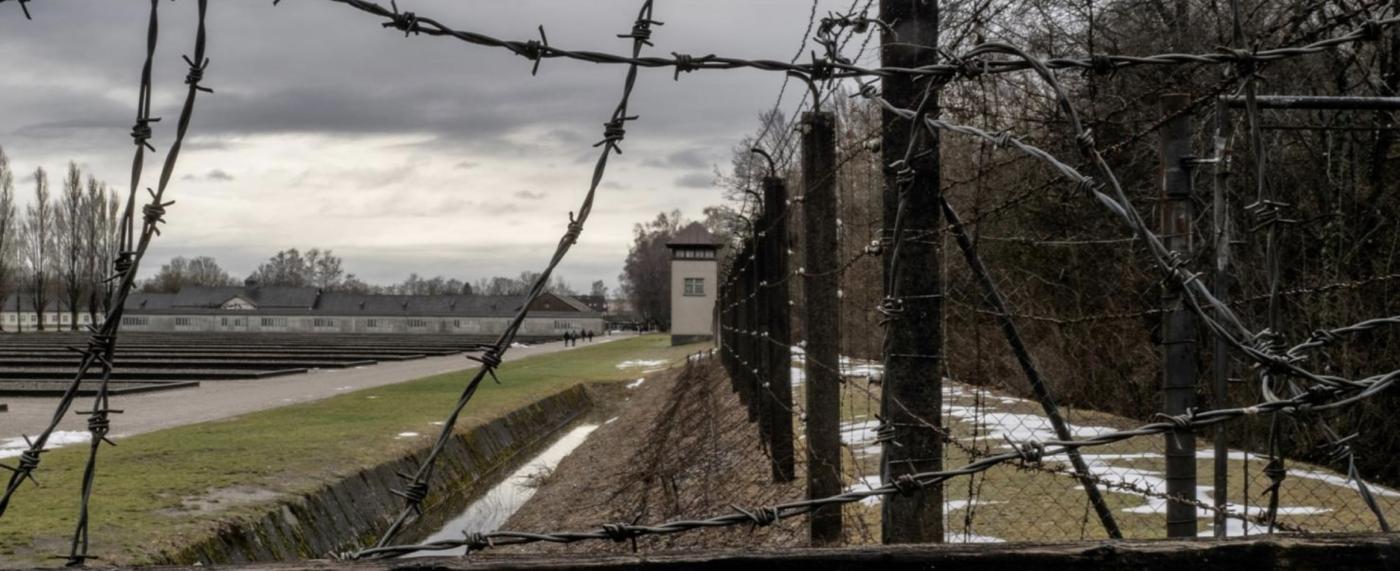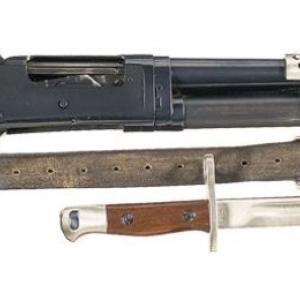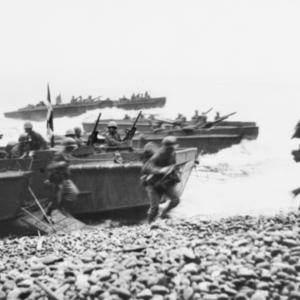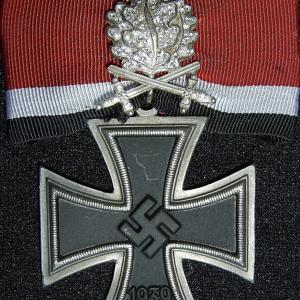
Dachau prisoner of war camp
The Dachau camp was established by the Nazi regime in March 1933, shortly after Adolf Hitler became Chancellor of Germany. It was the first regular concentration camp set up by the Nazi government and became the prototype for all later camps. Located near the town of Dachau in Bavaria, Germany, the camp was initially intended to hold political opponents of the Nazi regime, such as Communists and Social Democrats. Over time, its purpose expanded to include Jews, Roma (Gypsies), Jehovah’s Witnesses, homosexuals, clergy, and eventually prisoners of war.
The camp was constructed on the site of an abandoned munitions factory. It began with around 5,000 prisoners in a relatively small area, but the site was soon expanded. By the late 1930s, it was significantly enlarged and reorganized into a more systematic facility with a rectangular layout, watchtowers, barbed wire fences, barracks, a crematorium, and administrative buildings. The camp was surrounded by a high wall topped with electrified barbed wire, and a moat added an extra layer of security.
Dachau’s layout served as a model for other concentration camps that followed. The SS (Schutzstaffel), an elite Nazi paramilitary organization, administered the camp. Heinrich Himmler, as Chief of German Police and head of the SS, played a major role in its operations. The camp commandants, who were members of the SS, oversaw the day-to-day management. The first commandant was Theodor Eicke, who also helped design the camp’s regulations and discipline system. Eicke’s brutal methods of discipline and control set the standard for all other concentration camps.
Life inside Dachau was marked by extreme cruelty, forced labor, and systemic abuse. The camp became infamous for its inhumane conditions and the psychological and physical torture inflicted upon prisoners. Overcrowding, starvation, poor sanitation, and frequent beatings were common. Prisoners were forced to participate in grueling labor, such as working in nearby factories, gravel pits, and armaments production. Many prisoners also participated in Nazi medical experiments without consent, which often led to permanent injury or death.
Between 1933 and 1945, over 200,000 prisoners passed through Dachau, including more than 30,000 prisoners of war from countries such as the Soviet Union, Poland, France, and Yugoslavia. Soviet POWs in particular faced especially brutal treatment, with thousands being executed upon arrival. The camp also held clergy from across Europe; notably, over 2,700 Catholic priests were imprisoned at Dachau, and hundreds died there.
The camp system expanded during the war, with over 100 subcamps spread across southern Germany and Austria. These satellite camps provided forced labor to major German industries such as BMW, Messerschmitt, and local construction projects. Women were not originally held in Dachau, but some female prisoners were later sent to subcamps connected to Dachau’s network.
The SS staff and guards, numbering between 2,000 and 3,000 at different times, ran the camp with strict, militarized control. Prisoners were often subjected to roll calls lasting hours regardless of weather, and punishments for minor infractions included beatings, hanging, or torture. The camp also had a punishment bunker and a shooting range used for executions.
The official death toll at Dachau is estimated to be at least 32,000, although the true number may be higher due to incomplete records and the scale of abuse. Many prisoners died from disease, malnutrition, exposure, and systematic killings. Typhus epidemics swept through the camp, particularly in the final months of the war, contributing to a high number of deaths. In 1942, a crematorium was built to dispose of the increasing number of corpses, and a second crematorium, the “Barrack X,” was later constructed with a gas chamber. However, evidence suggests that the gas chamber at Dachau was not used for mass extermination as in Auschwitz, though several individual executions may have occurred there.
On April 29, 1945, Dachau was liberated by American forces, specifically soldiers from the 45th Infantry Division and the 42nd Rainbow Division of the U.S. Army. The soldiers found over 30,000 prisoners in appalling conditions and discovered thousands of corpses in the barracks and crematoriums. The liberation of Dachau became a powerful symbol of the atrocities committed by the Nazi regime, as photographs and eyewitness accounts were quickly circulated by the press and military.
In the days following the liberation, American troops forced local German civilians to tour the camp and witness the conditions firsthand. They also documented evidence for use in the Nuremberg Trials, which later prosecuted Nazi officials for war crimes and crimes against humanity.
After the war, Dachau was used by the U.S. military as an internment camp for suspected Nazi war criminals and later served as a displaced persons camp. In the 1960s, the site was transformed into a memorial, and it remains one of the most visited Holocaust memorials in Germany. Dachau stands as a permanent reminder of the consequences of totalitarianism, hatred, and indifference, and serves as a place of mourning and education for future generations.










